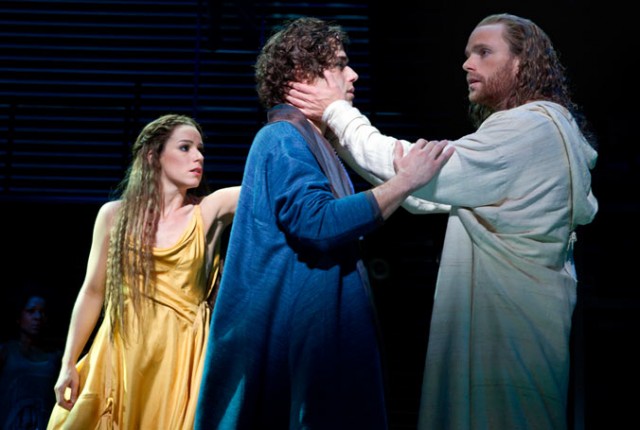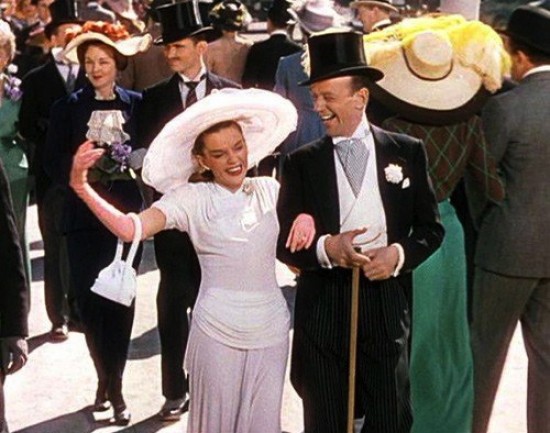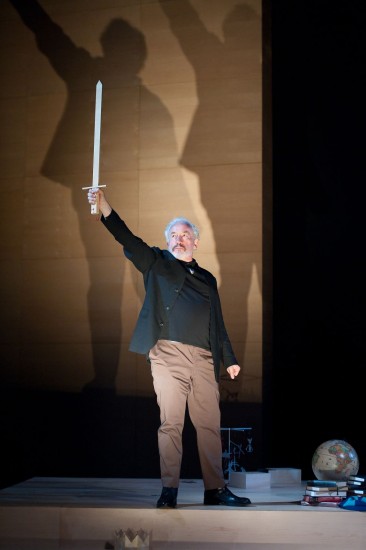POLICE, ADJECTIVE (Corneliu Porumboiu, 2009)
Bohemian National Hall
321 East 73rd St. between First & Second Aves.
Friday, April 13, free, 8:15
Festival runs April 10-22 at Bohemian National Hall, IFC Center, and FIAF
new-york.czechcentres.cz
 The first half of Corneliu Porumboiu’s Police, Adjective is as dreadfully boring as Detective Cristi’s (Dragos Bucur) assignment, tailing a student, Victor (Radu Costin), who enjoys a joint with two of his friends every day after school. While Cristi wants to nail the kid’s supplier, the cop’s boss has him on a tight deadline, insisting he arrest Victor if the investigation continues to go nowhere, but Cristi strongly disagrees with putting the teenager away for up to seven years for a crime he believes will soon be abolished by the government. However, the film picks up considerably as Cristi seeks help from various contacts, getting caught up in red tape and public servants who would really rather not be bothered. And when he get called in by the chief (Vlad Ivanov from 4 Months, 3 Weeks, and 2 Days) and gets a long lecture in linguistics, well, you won’t be able to control yourself from laughing out loud. Porumboiu (12:08 East of Bucharest) keeps the pace very slow and very steady, but hang in there, because the end is a riot. Police, Adjective, which won the Un Certain Regard Jury Prize at the Cannes Film Festival, screened at the New York Film Festival and at MoMA as part of the “Contenders, 2009,” series, and was Romania’s official entry for the Foreign Language Film Academy Award, is being shown April 13 at the Bohemian National Hall as part of “Disappearing Act IV,” a festival of recent European films that also includes such works as Miguel Gomes’s Our Beloved Month of August (Aquele Querido Mes de Agosto) from Portugal and France, Vaclav Kadrnka’s Eighty Letters (Osmdesat dopisu) from the Czech Republic, Jaroslav Vojtek’s The Border (Hranice) from Slovakia, Argyris Papadimitropoulos and Jan Vogel’s Wasted Youth from Greece, and Marc Bauder’s The System (Das System ― alles verstehen heisst alles verzeihen) from Germany, with many screenings followed by a Q&A with members of the cast and/or crew. The series is curated and produced by Irena Kovarova and presented in association with the Czech Center, the Romanian Cultural Institute, and the Group of European Cultural Institutes and Diplomatic Representations in New York.
The first half of Corneliu Porumboiu’s Police, Adjective is as dreadfully boring as Detective Cristi’s (Dragos Bucur) assignment, tailing a student, Victor (Radu Costin), who enjoys a joint with two of his friends every day after school. While Cristi wants to nail the kid’s supplier, the cop’s boss has him on a tight deadline, insisting he arrest Victor if the investigation continues to go nowhere, but Cristi strongly disagrees with putting the teenager away for up to seven years for a crime he believes will soon be abolished by the government. However, the film picks up considerably as Cristi seeks help from various contacts, getting caught up in red tape and public servants who would really rather not be bothered. And when he get called in by the chief (Vlad Ivanov from 4 Months, 3 Weeks, and 2 Days) and gets a long lecture in linguistics, well, you won’t be able to control yourself from laughing out loud. Porumboiu (12:08 East of Bucharest) keeps the pace very slow and very steady, but hang in there, because the end is a riot. Police, Adjective, which won the Un Certain Regard Jury Prize at the Cannes Film Festival, screened at the New York Film Festival and at MoMA as part of the “Contenders, 2009,” series, and was Romania’s official entry for the Foreign Language Film Academy Award, is being shown April 13 at the Bohemian National Hall as part of “Disappearing Act IV,” a festival of recent European films that also includes such works as Miguel Gomes’s Our Beloved Month of August (Aquele Querido Mes de Agosto) from Portugal and France, Vaclav Kadrnka’s Eighty Letters (Osmdesat dopisu) from the Czech Republic, Jaroslav Vojtek’s The Border (Hranice) from Slovakia, Argyris Papadimitropoulos and Jan Vogel’s Wasted Youth from Greece, and Marc Bauder’s The System (Das System ― alles verstehen heisst alles verzeihen) from Germany, with many screenings followed by a Q&A with members of the cast and/or crew. The series is curated and produced by Irena Kovarova and presented in association with the Czech Center, the Romanian Cultural Institute, and the Group of European Cultural Institutes and Diplomatic Representations in New York.
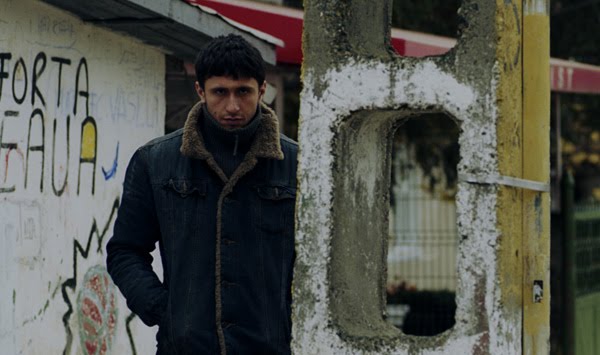
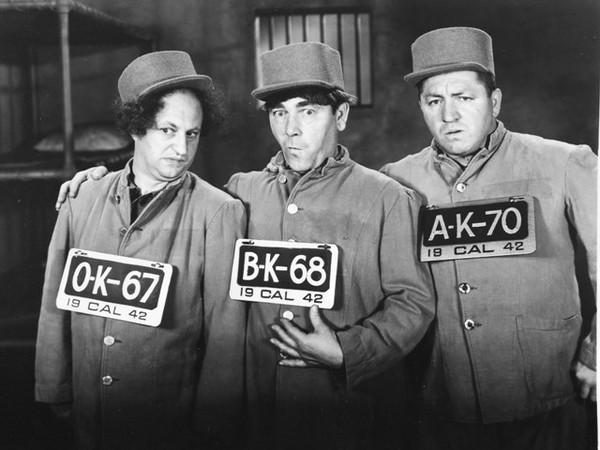
 Experimental filmmaker Bill Morrison’s production company is called Hypnotic Pictures, and for good reason; the Chicago-born, New York-based auteur makes mesmerizing, visually arresting works using archival found footage and eclectic soundtracks that are a treat for the eyes and ears. Several of his films were recently shown at a retrospective at the World Financial Center (including
Experimental filmmaker Bill Morrison’s production company is called Hypnotic Pictures, and for good reason; the Chicago-born, New York-based auteur makes mesmerizing, visually arresting works using archival found footage and eclectic soundtracks that are a treat for the eyes and ears. Several of his films were recently shown at a retrospective at the World Financial Center (including 